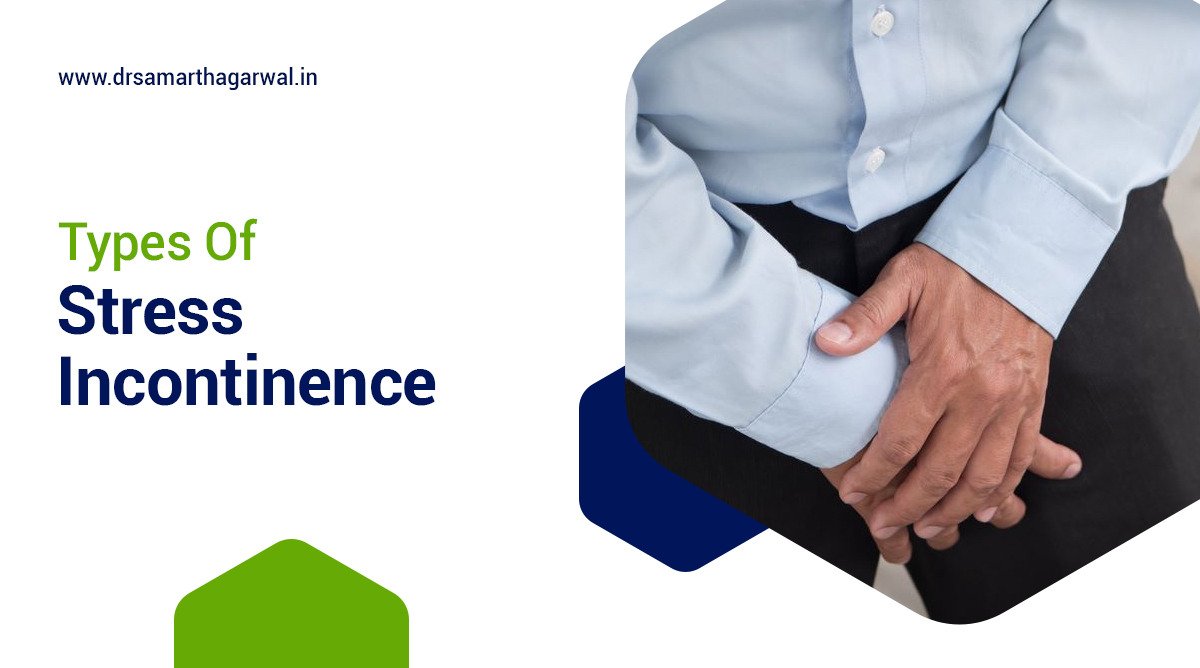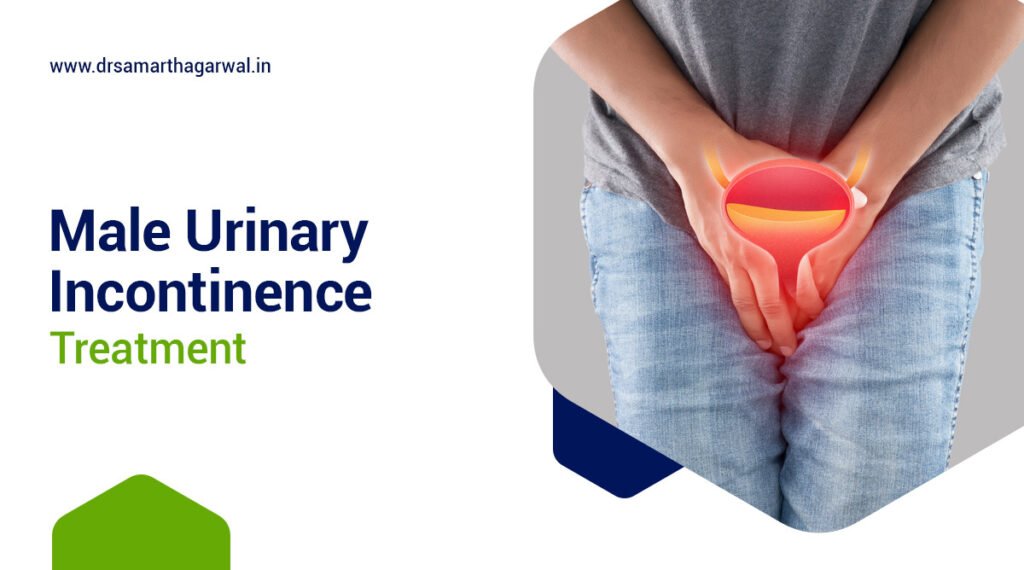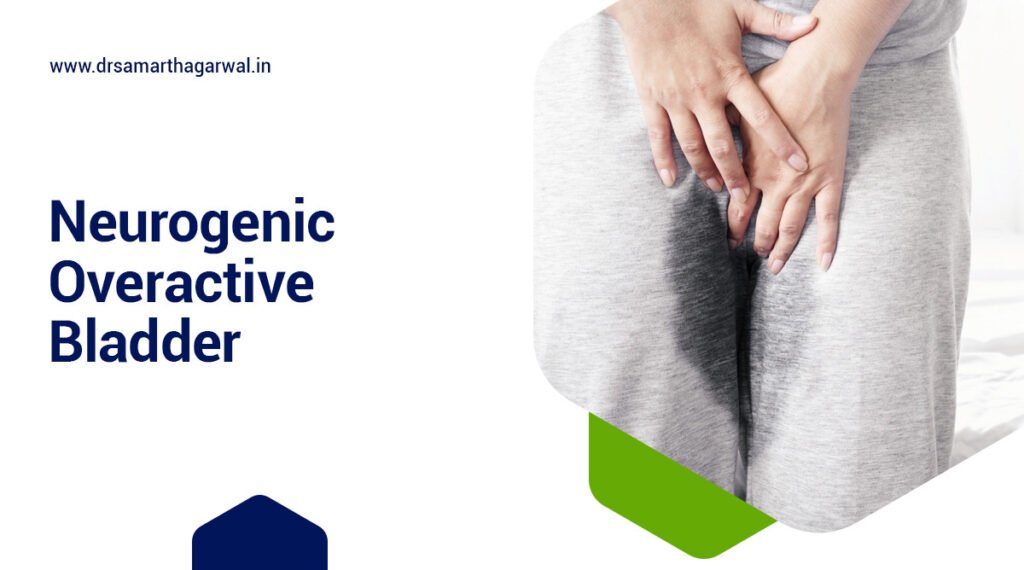Stress incontinence is a type of urinary incontinence where urine leaks involuntarily when pressure is placed on the bladder, such as when coughing, sneezing, or exercising. It is a common condition that can affect people of all ages, but it is more prevalent in women, particularly after childbirth or menopause.
Stress incontinence occurs when the pelvic floor muscles, which support the bladder and urethra, become weak or damaged. This can lead to leakage when the bladder is under pressure. Common causes of stress incontinence include childbirth, aging, obesity, and certain medical conditions like diabetes or multiple sclerosis.
Treatment options for stress incontinence vary depending on the severity of the condition and the individual’s needs. These can include lifestyle modifications such as weight loss, avoiding caffeine and alcohol, and pelvic floor muscle exercises. In more severe cases, surgical procedures, such as a sling procedure, may be necessary to support the urethra and prevent leakage.
What are the different types of stress urinary incontinence?
- Urethral Hypermobility: Increased abdominal pressure causes the bladder and urethra to descend. Without the support of a hammock-like structure, the urethra cannot be compressed against itself, leading to leakage.
Treatment options for urethral hypermobility focus on strengthening the pelvic floor muscles and supporting the urethra. This may include:
- Pelvic floor muscle exercises (Kegel exercises): These exercises strengthen the muscles that support the bladder and urethra, helping to control urine flow.
- Surgery: Surgical procedures such as a urethral sling can be used to support the urethra and prevent leakage.
- Minimally invasive procedures: Bulking injections, which involve injecting a material into the urethra to add bulk and support, can also be effective.
- Lifestyle interventions: Avoiding caffeine, alcohol, and smoking, managing weight, and limiting fluid intake before bedtime can also be helpful.
- Treatment for urethral hypermobility often involves a combination of these approaches. It’s important to consult a healthcare professional for a proper diagnosis and personalized treatment plan.
- Intrinsic Sphincter Deficiency: Dysfunction in the urinary sphincter can either prevent complete closure or cause it to open unexpectedly under pressure.
ISD can be diagnosed through a thorough medical history, physical examination, and urodynamic testing. Treatment options for ISD vary depending on the severity of the condition and the individual patient’s needs.
The mainstay treatment involves a mid-urethral sling, a surgical procedure that provides support to the urethra and helps improve continence.
Another treatment option is the injection of a periurethral bulking agent, which thickens the urethral tissue and helps tighten the sphincter. These injections are typically done in an outpatient setting under anesthesia and take 15-20 minutes.
In some cases, a combination of treatments may be necessary to achieve optimal results. While these treatments can be effective, it’s important to discuss the risks and benefits with a qualified healthcare professional to determine the best course of action.
The key distinction between these two types of stress urinary incontinence is the underlying cause – urethral hypermobility is due to weakened pelvic floor muscles and support structures, while intrinsic sphincter deficiency is caused by issues with the urinary sphincter itself.
What are the most common cause of stress incontinence?
Stress incontinence, the involuntary leakage of urine during physical exertion, can be caused by a variety of factors. This list explores the most common causes, from weakened pelvic floor muscles to urethral issues and lifestyle choices.
Understanding these classification is crucial for individuals experiencing stress incontinence, as it helps them identify potential contributing factors and seek appropriate treatment options.
Here are the most common causes of stress incontinence, based on the provided information:
- Pelvic floor weakness: This is a primary cause, often linked to:
- Pregnancy and childbirth: The strain of pregnancy and delivery can weaken pelvic floor muscles.
- Menopause: Estrogen decline during menopause weakens the urethra, contributing to incontinence.
- Age: As we age, our pelvic floor muscles naturally weaken.
- Urethral problems: These can be caused by:
- Prostate surgery in men: This can lead to loss of urethral support.
- Other factors:
- Obesity: Extra weight puts additional pressure on the bladder.
- Chronic cough: Smoking, lung conditions, etc., can put stress on the bladder.
- Constipation: Straining during bowel movements can weaken pelvic muscles.
- High-impact activities: Repetitive stress from certain exercises can contribute to weakness.
It is important to note that stress incontinence can affect both men and women, although it is significantly more common in women.
What is the best treatment for stress urinary incontinence?
Stress urinary incontinence can be a frustrating and embarrassing condition, but there are effective treatments available. This list explores the best options, from simple behavioral changes to more invasive procedures, helping you find the right approach to manage your symptoms and regain control of your bladder.
- Behavioral Therapies: These non-invasive approaches can effectively address symptoms and often serve as a first line of treatment.
— Pelvic floor muscle exercises (Kegels): Strengthening the muscles can significantly improve bladder control.
— Bladder training: Following a specific urination schedule helps train the bladder and reduce episodes of leakage.
— Fluid and dietary modification: Consuming the right amount of fluid and choosing bladder-friendly foods can alleviate symptoms of stress urinary incontinence. - Medications: These options are typically employed when conservative methods fail, and often require a physician’s prescription.
— Duloxetine (Cymbalta): An antidepressant that’s sometimes prescribed to relieve the symptoms of stress urinary incontinence.
— Other medications: In some cases, doctors may prescribe alternative medications to alleviate symptoms related to bladder control and irritation. - Devices: For patients who may not respond well to conservative treatment or medication, the following medical devices could offer relief:
— Pessaries: Vaginal insertable devices provide temporary support for the urethra and bladder neck, relieving episodes of leakage.
— Urethral inserts: Similar to pessaries, urethral inserts temporarily strengthen the urethra to improve bladder control. - Surgery: For severe and persistent stress urinary incontinence, surgery might be necessary.
— Mid-urethral slings: The placement of a tape-like support around the urethra is a commonly performed surgery.
— Colposuspension: In this surgery, the urethra and bladder neck are lifted back into position and secured for better bladder control.
How to stop stress incontinence?
Making a few lifestyle changes like losing weight, stopping smoking, and limiting drinks before bedtime may help reduce symptoms of stress incontinence according to the National Institute on Aging. Pelvic floor exercises (Kegels) are also recommended by Verywell Health. For severe cases, surgery might be considered as indicated by the National Institutes of Health. Discussing with a healthcare provider is advised to determine the best approach.
Is there medicine for stress incontinence?
There is no medicine specifically approved to treat stress incontinence in the United States. While some providers may prescribe duloxetine, it is not specifically marketed for this purpose. However, there are several experimental medications currently in development.
Should I be worried about stress incontinence?
Stress incontinence is common, especially in women over 65. While it’s not a normal part of aging, it’s a treatable condition. If you experience urine leakage during activities like coughing or sneezing, consult a doctor.
What causes stress incontinence in males?
Stress incontinence in males typically occurs due to weakened pelvic floor muscles, which are responsible for controlling urine flow. This weakness can be caused by factors like aging, prostate surgery, or certain medical conditions.
Is stress incontinence chronic?
Stress incontinence can be chronic, meaning it lasts for a long time. While it’s often associated with aging and childbirth, other factors like obesity and certain medical conditions can also contribute to its persistence.

Don’t let urological issues impact your quality of life. Take the first step towards optimal health and well-being by consulting with one of Siliguri’s top urologists.
Contact Dr. Samarth Agarwal today to schedule your consultation and reclaim your urological health.






